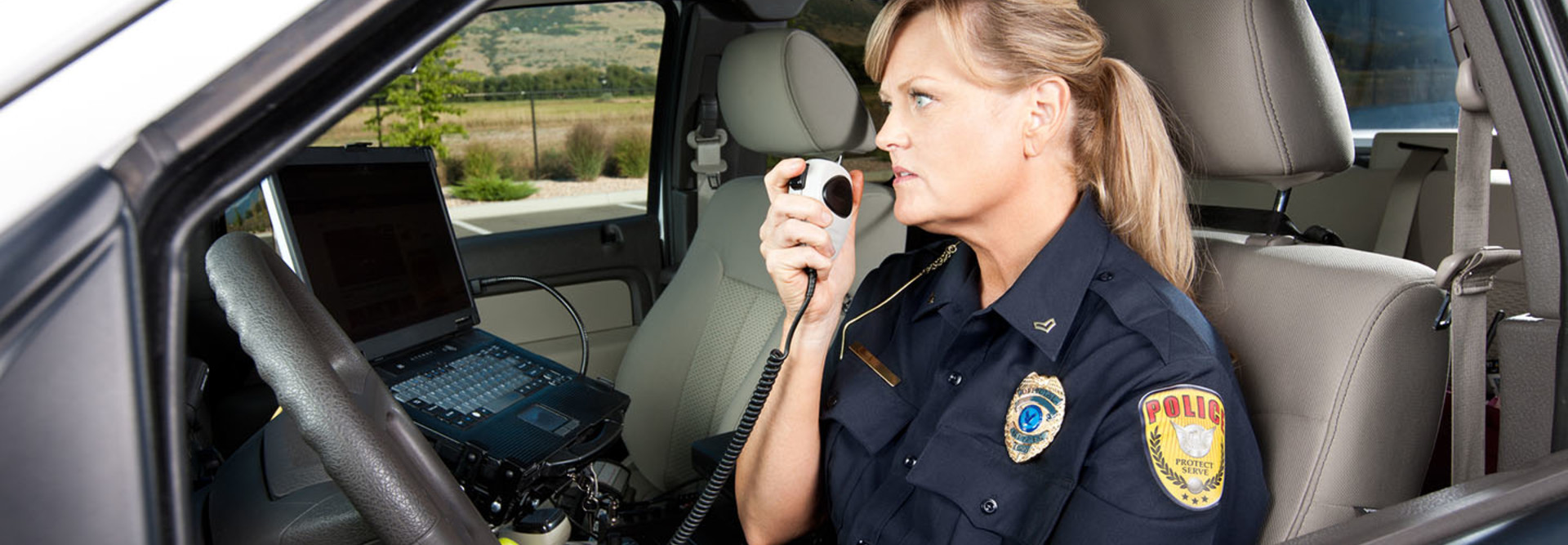3 Ways First Responders Can Take Advantage of 5G and IoT
As first responders depend more on Internet of Things technologies to carry out missions, new challenges for interoperable data communications are bound to emerge. The saving grace, however, may be that the IoT data flood is perfectly timed with the arrival of 5G networks, the fifth generation of cellular technology that promises to deliver speeds 10 times faster than 4G LTE and cut latency to milliseconds. These networks, which make use of several small cells to create hotspots of connectivity throughout a city, are poised to make an appearance later this year in major cities, such as Atlanta, Dallas, Denver and Washington, D.C., through providers like those in the Verizon 5G Technology Forum.
But 5G offers more than just faster speed when it comes to making the most of IoT devices. 5G can translate to longer battery life for many devices, sometimes up to 10 years, since it uses less spectrum and less-complex encoding, which means using less power in the long run. Further, the devices only check in to the network periodically, so they don’t need to consume power the entire time they are active.
As IoT and 5G begin to take our streets by storm, what will this mean for public safety?
To understand how the advanced 4G and 5G cellular services might play out for first responders, let’s take a look at today’s police cars and future improvements. The traditional first responder radio model is in-vehicle networking, which incorporates ruggedized laptops and radios as primary in-car devices. Currently, police car laptops are networked wirelessly over 4G LTE modems to connect with critical headquarters- and cloud-based applications. This is a relatively straightforward communications path. As we move into a world of 5G and IoT, however, first responders will have to access and interact with more types of data from more devices. Here are a few specific use cases:
1. 5G Enables Facial Recognition and License Plate Scanning
Video capabilities, such as facial recognition or license plate scanning, are currently available thanks to 4G. With gigabit LTE and 5G capabilities, police will be able to take advantage of advancements in facial recognition without major hardware upgrades and improve the accuracy of tools used to read the license plates of cars in motion.
This will translate to other IoT tools as well, such as tablets, smartphones and cameras (either in vehicle or body worn), all of which require separate networks and collect and transmit massive amounts of information.
2. 5G Offers a Firm Backbone for Sensor Proliferation
We can expect to see a major uptick in IoT device adoption for first responders as new sensor-based tools become available. For example, an IoT sensor might be employed in a police vehicle to alert headquarters when a shotgun is pulled from a squad car rack. The sensors will alert operations that the weapon has been put into use and allow operations to tap into the cameras to see what’s happening.
The age of IoT and 5G will also enhance the use of fingerprint sensors to identify criminals or victims on the scene. Most of these devices are connected today with 4G routers, but 5G and IoT will improve the delivery and analysis of all this information.
3. IoT and 5G Reduce Police Trips Back to the Station
One of the most significant challenges for law enforcement and first responders is to decrease the amount of time spent traveling to and from headquarters. Officers need to be on the streets serving the community, not inside offices filing reports.
With LTE-enabled in-vehicle routing platforms, officers can access mission-critical applications and information to file reports from their vehicles, reducing trips back to the station. This technology is available now in 4G LTE. But with 5G and IoT, officers will be able to include larger audio and higher-resolution video files in their reports. Moreover, information in reports will be accessible for official queries from anywhere in the country. Descriptions, patterns and behaviors will be more easily cross-referenced and used by other agencies.
Soon there will be no reason for officers to return to the police station unless they have to process someone after an arrest. They can write all reports and access all resources from the department’s main server no matter where they might be.









